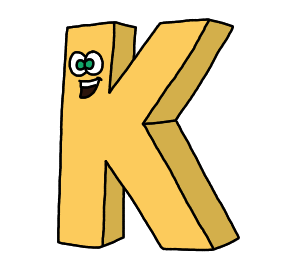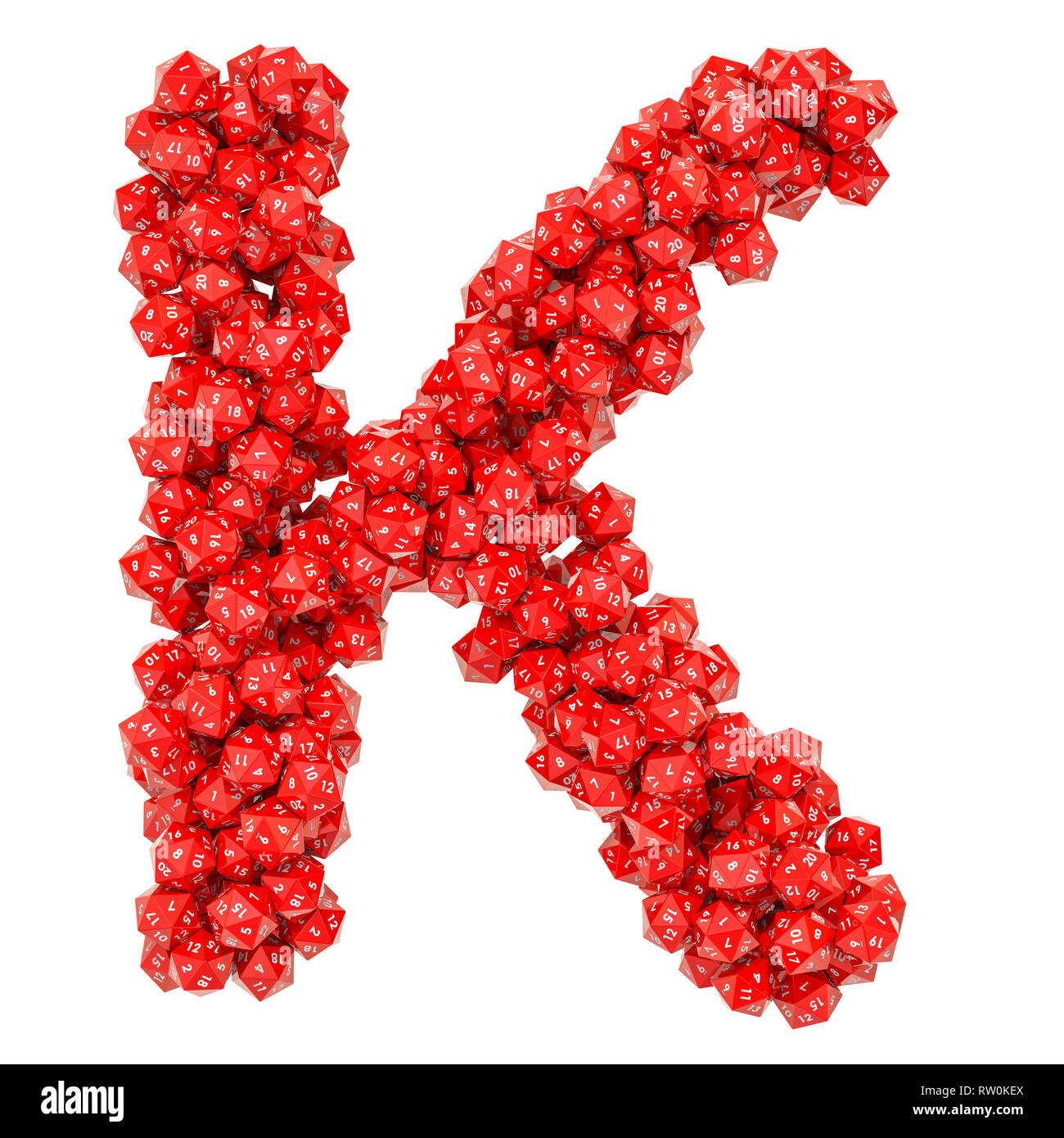K Und P - Making Sense Of Tech Talk
Have you ever found yourself a little puzzled by all the letters and numbers that pop up when people talk about screens, computers, or even some of the more intricate parts of technology? It's like a secret code, isn't it? These symbols, particularly "K" and "P," seem to be everywhere, yet what they truly represent can sometimes feel a bit hazy. So, it's almost as if we are all speaking slightly different languages when these terms come up.
From the clarity of your television screen to the amount of space on your computer's storage drive, and even in the ways engineers describe how fluids move, these single letters hold a lot of meaning. They are, in a way, shorthand for bigger ideas, helping us talk about complex things without getting bogged down in too many details. You might have seen them in places like "4K resolution" or "1080P video," or even when someone mentions a "1K" salary, which is pretty common.
This quick look will help clear up some of that mystery, showing you just what these little letters mean in different situations. We will explore how "K" and "P" give us useful information across a variety of settings, making it all a little easier to grasp. You know, it really helps to understand these bits of information to feel more at home with technology.
Table of Contents
- What's the Deal with K and P in Displays?
- Understanding K and P in Screen Specs - K und P Simplified
- How Do K and P Show Up in Data and Numbers?
- Breaking Down KiB, kB, and KB - K und P in Storage
- Counting with K, M, and B - K und P in Big Figures
- Are K and P Just About Screens and Storage?
- K und P in Everyday Computer Shortcuts
- The K und P Behind Motherboards
- What About K and P in More Complex Systems?
- K und P and the Flow of Things - Turbulence Models
- K und P in Electrical Components - Capacitors
- K und P and Waves - A Deeper Look
What's the Deal with K and P in Displays?
When you look at screens, you often see terms like 2K or 4K, and then there are things like 1080P. It's a little bit like trying to figure out a new language, isn't it? These letters, K and P, actually tell us something about how clear a picture might be, especially when we are talking about videos or display screens. The whole idea, you know, started with how movies were made and shown. This is pretty interesting, as it shows how technology builds on older systems.
For films, there are some very specific ways to measure resolution, which is how many tiny dots make up the picture. A standard for movies, called DCI, tells us that 2K means a picture with 2048 dots going across, and 1080 dots going down. That's a lot of little points making up the image, so, it gives a pretty clear view. Then, for 4K, that number of dots across doubles to 4096, while the dots going down also doubles to 2160. This means a 4K picture has many, many more dots than a 2K one, making it look much sharper, especially on bigger screens. It’s a bit like having a finer brush to paint with, allowing for more detail. You can really see the difference, apparently, when you compare them side by side.
Understanding K and P in Screen Specs - K und P Simplified
So, when people talk about P, like 720P or 1080P, they are usually talking about the number of horizontal lines of pixels. For instance, 720P means there are 720 lines of pixels stacked vertically. And, just to be clear, 1080P has 1080 lines. This "P" usually refers to progressive scan, which is a way of displaying images where all the lines are drawn at once, giving a smoother look. It's a bit different from how the "K" terms work. The "K" in 2K or 4K, you see, generally refers to the approximate number of horizontal pixels, usually around 2000 or 4000. So, 2K is roughly 2000 pixels wide, and 4K is roughly 4000 pixels wide. They are different ways to describe how much detail you get in your picture, with K focusing on the width and P on the height, in a way. This distinction is quite helpful when you're choosing a new TV or monitor, as it tells you about the visual quality you can expect. It really helps to know these things, you know, when you want the best viewing experience. It's a pretty simple concept once you get the hang of it.
How Do K and P Show Up in Data and Numbers?
Beyond screen clarity, the letters K and P pop up when we talk about how much data something can hold or how big a number is. It's like a shorthand for very large quantities, which is pretty handy when you're dealing with computers and information. These terms help us quickly get a sense of scale without having to write out all the zeros, which, honestly, would take a lot of time and space. They make communicating large numbers much more straightforward, so, it's a good system. You will see this, you know, in many different places where big numbers are involved.
Breaking Down KiB, kB, and KB - K und P in Storage
You might have seen KiB, kB, or KB when looking at file sizes or storage space. It can be a little confusing, as they look so similar, yet they mean slightly different things. KiB, which is short for "Kibibyte," is a way of talking about data storage capacity that is based on powers of two. Specifically, one KiB is 1024 bytes. This is because computers work with binary numbers, which are based on twos. So, it's a precise measure used in technical settings. Then there's kB and KB, which are usually used to mean "kilobyte." These often refer to 1000 bytes, based on the decimal system, like how we count in tens. While kB and KB might seem like the same thing, and they often are used interchangeably in everyday talk, KiB is the more exact term when you are talking about computer memory and storage in a very technical sense. It's a subtle but important difference, you know, for those who need to be very precise with numbers. Understanding this distinction can help avoid minor mix-ups.
Counting with K, M, and B - K und P in Big Figures
When it comes to counting very large sums, especially in finance or population figures, we often use K, M, and B as quick ways to express thousands, millions, and billions. So, 1K means one thousand, which is 1,000. It's a simple way to shorten numbers. Then, 1M stands for one million, which is 1,000,000. And 1B represents one billion, which is 1,000,000,000. This system is pretty common in English-speaking places, where every three zeros get their own word, like thousand, million, billion. It helps to make really big numbers much easier to read and say, honestly.

Letter K Tracing Worksheet - Free Printables - Teach Prints

Letter K (Leapfrog Letter) - The Letter K Photo (45353235) - Fanpop

Top 999+ k letter images in heart download – Amazing Collection k